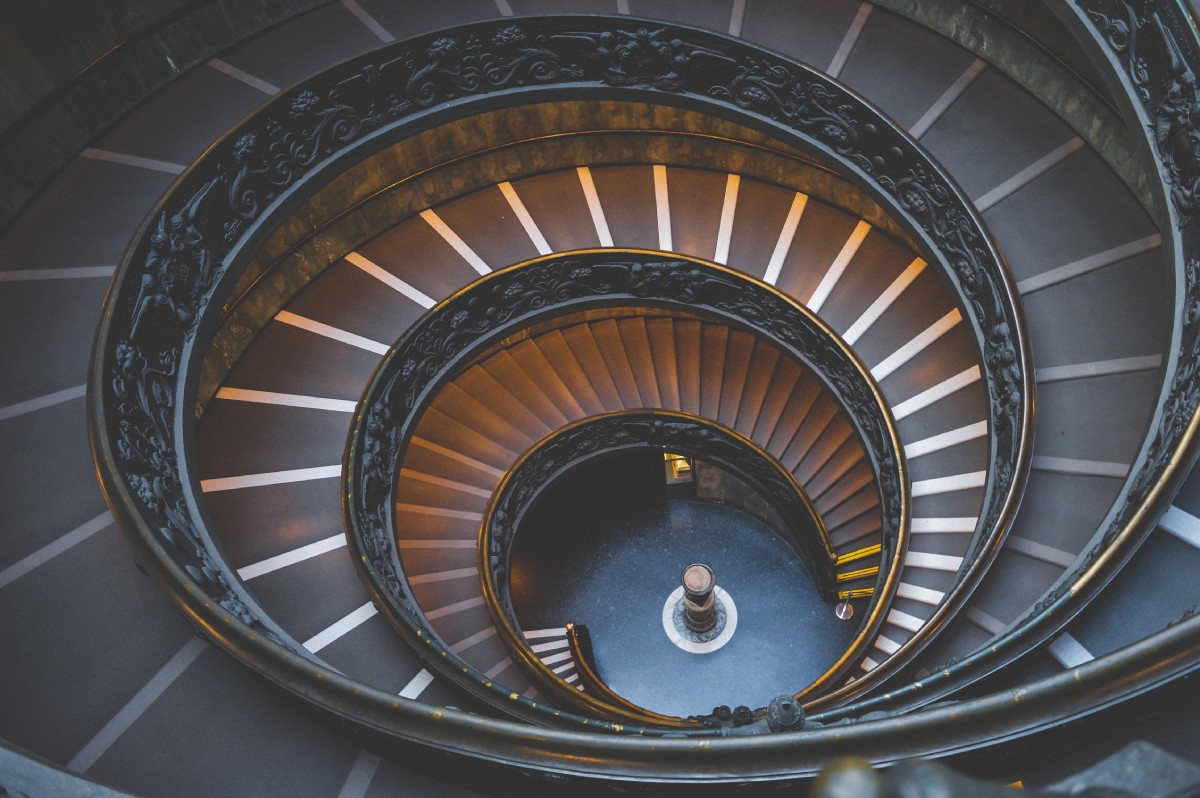Introduction
In the modern era, we are continuously seeking methods and strategies to develop more sustainable lifestyles, seeking to minimize our environmental footprint while maximizing resource utilization. In this pursuit, the concept of a circular economy plays a pivotal role.
Understanding the concept of a circular economy
A circular economy is a regenerative system that aims to eliminate waste and continually use resources. It replaces the traditional ‘take-make-dispose’ linear model with a circular one, where waste is minimized by keeping products and materials in use for as long as possible. This model revolves around three key principles: designing out waste and pollution, keeping products and materials in use, and regenerating natural systems.
The relevance of circular economy in the modern world
As our world grapples with the increasing threat of climate change, the idea of a circular economy is more relevant than ever before. It allows for sustainable growth without depleting our natural resources or harming our environment. Additionally, it brings along economic benefits, as it can save costs, create jobs, and spur innovation.
Overview of the blog post content
In this blog post, we will delve deeper into the circular economy concept. We’ll discuss how it’s different from the traditional linear economy, its benefits and challenges, and how individuals, businesses, and governments can adopt circular economy principles. We’ll also highlight some real-world examples of circular economy implementation and discuss the future of this sustainable economic model.
It’s time to move away from the ‘take, make, dispose’ approach and start exploring the sustainable and beneficial pathway of a circular economy. It’s not just an economic model; it’s a new way of life that ensures a better future for our planet and generations to come. Stay with us as we take a closer look at understanding the circular economy as a pathway to sustainable living.
What is a Circular Economy?
The idea of a circular economy has gained considerable traction in recent years as a potential way to harmonize economic growth with environmental sustainability. In this section, we’ll delve into the core principles of a circular economy, contrast it with the traditional linear model, and explore its historical context and development.
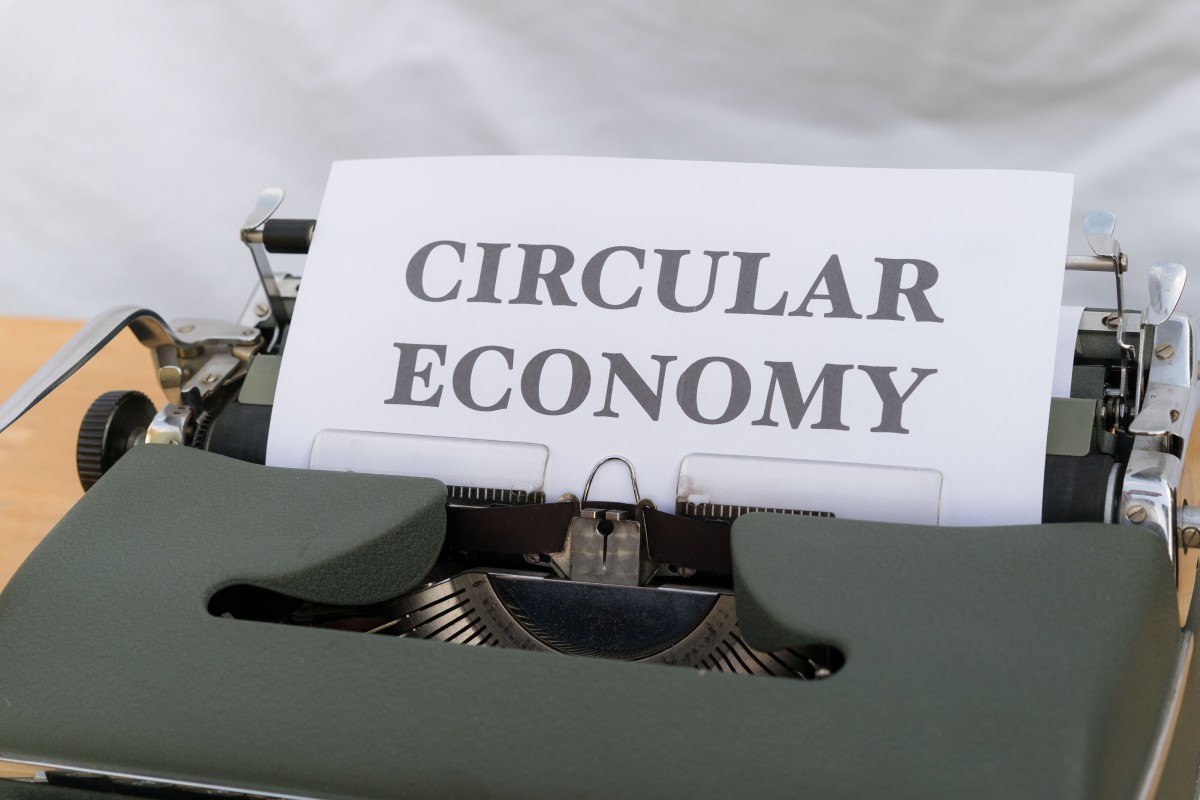
Definition and principles of a circular economy
A circular economy is an economic system aimed at minimizing waste and making the most of resources. In a circular economy, we redefine growth, focusing on positive societal benefits. It differentiates between consumable and durable components of a product and seeks to keep both types in the system, either by designing for reuse, repair, refurbishment, or, as a last resort, recycling.
Underpinning the concept of the circular economy are three core principles:
- Design out waste and pollution
- Keep products and materials in use
- Regenerate natural systems
These principles aim to create a closed-loop system where waste and resource use are minimized, and any waste that is generated is reused or recycled back into the system.
Circular economy vs. linear economy
The circular economy model is a marked departure from the traditional linear economic model, which follows a ‘take, make, dispose’ approach. In a linear economy, raw materials are extracted, used to make products, and discarded as waste after use. This model is inherently wasteful and unsustainable as it relies on large quantities of cheap, easily accessible materials and energy.
In contrast, a circular economy seeks to design out waste, keep resources in use for as long as possible, extract the maximum value from them while in use, and recover and regenerate products and materials at the end of each service life.
Historical context and development of the circular economy
While the term “circular economy” might seem relatively new, its principles are deeply rooted in history, reflecting ancient practices where waste was minimized, and resources were used sparingly and efficiently. However, it wasn’t until the late 20th century that these concepts began to be formalized into what we now know as the circular economy.
The concept started to gain traction in the 1970s and ’80s, with several scholars and environmentalists championing the idea of a closed-loop system. But it really took off in the 21st century when the Ellen MacArthur Foundation, founded in 2010, started advocating for the circular economy on a global scale. Since then, businesses, governments, and individuals worldwide have started to recognize and tap into the potential of the circular economy, marking a significant shift in how we think about consumption and production.
The Three Pillars of Circular Economy
The circular economy rests upon three fundamental pillars, which collectively contribute to the goal of achieving sustainability in our economic systems. These are the principles of designing out waste and pollution, keeping products and materials in use, and regenerating natural systems. This section provides an in-depth exploration of these core principles and why they matter.

Design out waste and pollution
The first principle is to design out waste and pollution. This principle embodies the idea that if we design our systems correctly, waste and pollution will not be created in the first place. Design plays a critical role here. By innovating and coming up with designs that consider the entire life cycle of a product, we can significantly reduce the waste that results from product disposal.
Moreover, this principle urges us to rethink our relationship with waste. Instead of seeing it as something to be thrown away, we can view waste as a resource. Through upcycling and recycling, waste can serve as raw material for creating new products, further reducing the need for resource extraction and the pollution that often accompanies it.
Keep products and materials in use
The second principle is to keep products and materials in use. This principle challenges the traditional ‘ take-make-dispose’ model of the linear economy. In a circular economy, products and materials are kept in use for as long as possible, extracting their maximum value before recovery and regeneration.
This might involve developing products designed for durability, promoting practices like repair, sharing, and leasing, or creating markets for second-hand goods and materials. It also involves transitioning from product ownership to service usership, where consumers access the service a product provides without necessarily owning the product itself.
Regenerate natural systems
The third principle is to regenerate natural systems. In a circular economy, we don’t merely aim to reduce our negative impact on the environment, but we strive to have a positive impact. This means restoring and regenerating the natural resources we depend on and working in harmony with the natural world.
One way to accomplish this is by using renewable energy sources, such as wind, solar, and hydro power, instead of relying on fossil fuels. Another is through regenerative agriculture practices, which enhance the health of the soil, capture carbon, and promote biodiversity. By embracing these and other regenerative practices, we can help to restore the balance of our planet’s natural systems and ensure their continued ability to support life.
Benefits of a Circular Economy
A circular economy brings a broad array of benefits that extends across environmental, economic, and social realms. The transition to this system is not just about sustainability; it’s about creating a world that’s better for all of us. Let’s dive into the manifold benefits of the circular economy, a model that promises a sustainable and prosperous future for our planet and its inhabitants.
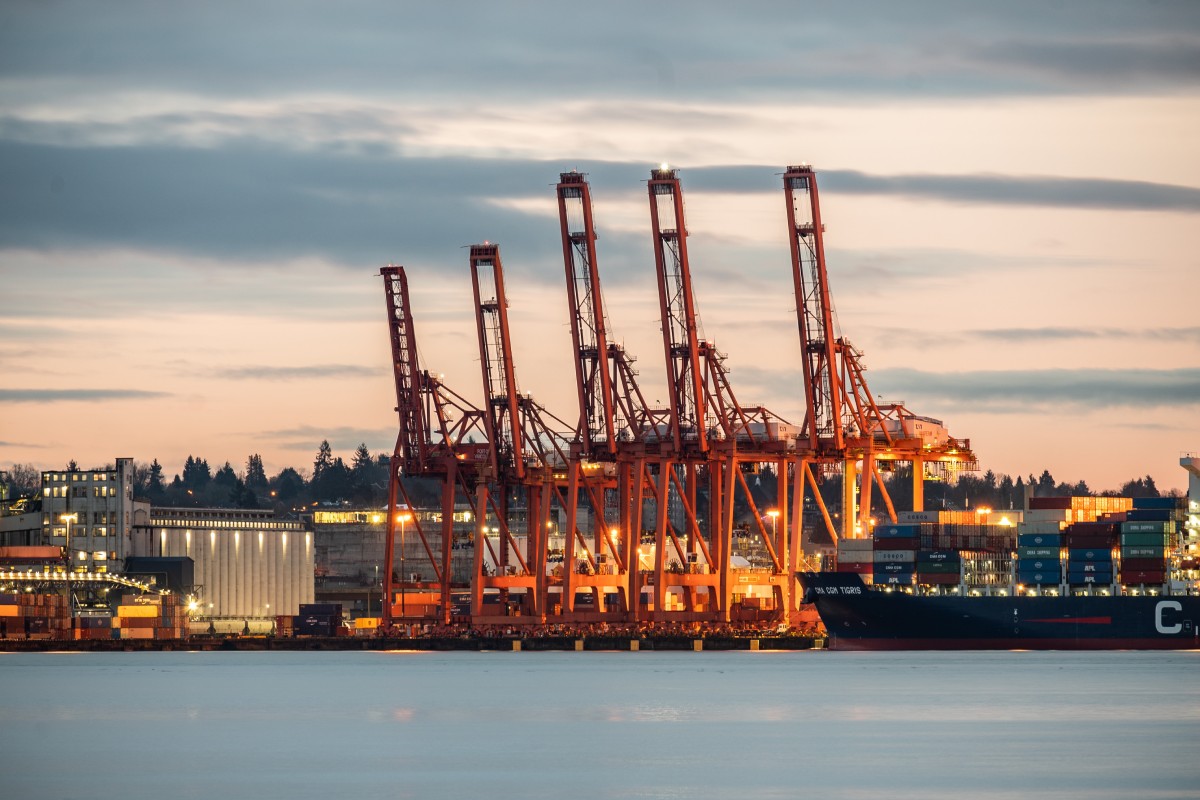
Environmental benefits
The environmental benefits of a circular economy are profound. Firstly, by designing out waste and pollution, we reduce the environmental impact of extracting, processing, and disposing of resources. This can significantly decrease the level of greenhouse gases, which are the main driver of climate change.
Moreover, keeping products and materials in use minimizes demand for new resources, preserving natural ecosystems and biodiversity. Additionally, regenerating natural systems allows us to restore the health of our planet. It contributes to the preservation of landscapes, the reforestation of areas previously cleared for resources, and the return of balanced, healthy ecosystems that support diverse flora and fauna.
Economic benefits
A circular economy also has strong economic benefits. It opens up new business opportunities by shifting towards service models and prioritizing longevity, adaptability, and reusability in product design. This leads to more innovative and resilient businesses, which are more equipped to adapt to economic changes.
Furthermore, a circular economy reduces dependency on scarce or volatilely priced resources, making businesses and economies more resilient to supply disruptions. And with the growth of the green economy, adopting circular principles can spur job creation in fields such as renewable energy, recycling, and regenerative agriculture.
Social benefits
Lastly, a circular economy contributes to social equity. By creating more local jobs in sectors such as repair and recycling, it can help to reduce income disparities. Plus, a shift towards a sharing economy can improve access to goods and services for those who could not otherwise afford them.
In terms of health, reducing pollution leads to cleaner air and water, promoting better health and wellbeing for all. Plus, the focus on local and sustainable food systems can enhance food security and nutritional health.
In summary, the transition to a circular economy has the potential to bring about a healthier planet, a thriving economy, and a more equitable society. The benefits are clear - and the time to act is now.
Challenges in Implementing Circular Economy
While the circular economy is an ideal model for sustainability, its implementation isn’t without challenges. Transitioning from a linear to a circular economy involves significant behavioral, technological, and regulatory shifts. Despite these obstacles, understanding and addressing them is a necessary part of our journey towards a more sustainable future.
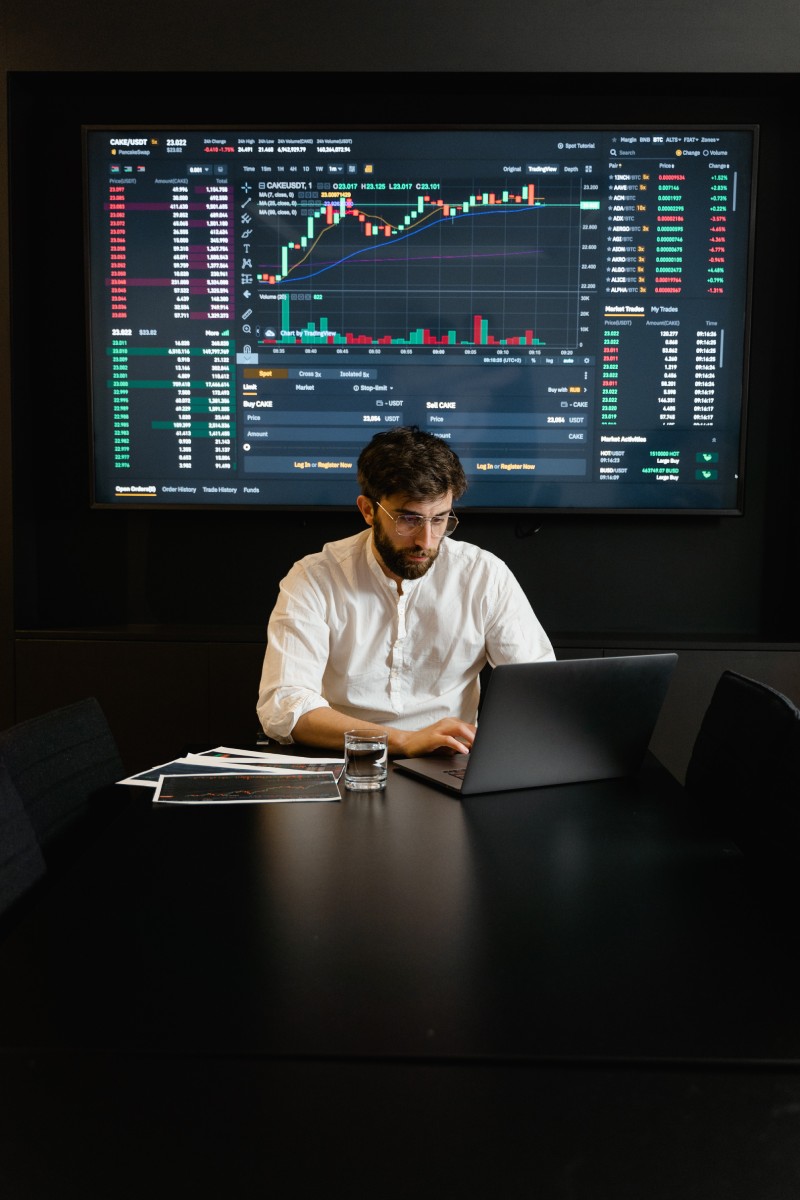
Behavioral challenges
One of the most significant barriers to the circular economy is human behavior. We live in a society that promotes consumption and glorifies newness. Overcoming this ‘throwaway’ culture requires a significant shift in our thinking and habits.
Furthermore, resistance to change is a natural human tendency. Therefore, adapting to new business models, consumption patterns, and lifestyle changes can be challenging for both individuals and organizations. Education and raising awareness are crucial for overcoming these behavioral challenges.
Technological challenges
The shift to a circular economy also requires technological advancements. To keep products and materials in use longer, we need technologies that can repair, refurbish, remanufacture, or recycle products more effectively.
However, many of these technologies are still in their infancy or not yet economically viable. In some cases, the technology to recycle certain materials in an energy-efficient way doesn’t exist yet. So, investing in research and development is key to overcoming these technological barriers.
Regulatory and policy challenges
Regulatory and policy barriers can also hinder the transition to a circular economy. For instance, some policies still favor linear economic practices, such as subsidizing resource extraction or penalizing recycled materials due to strict product standards.
Additionally, implementing circular economy principles might conflict with existing regulations or trade agreements. For instance, international laws may classify some transported waste as illegal, hampering recycling and reuse efforts.
To overcome these challenges, governments should create supportive policy environments for the circular economy. This could include incentivizing circular practices, setting clear standards for recycled materials, or reforming policies that inadvertently encourage wastefulness.
Despite these challenges, the implementation of a circular economy remains a promising and necessary venture. It will require concerted effort, innovative thinking, and cooperation between businesses, policymakers, researchers, and the general public. But the potential rewards – a sustainable and prosperous future for all – make the effort worthwhile.
Circular Economy in Action: Real-world Examples
The circular economy isn’t a mere theoretical concept; it’s being adopted and implemented across the globe. From innovative startups to progressive cities and countries, let’s explore how the circular economy is gaining traction in various sectors and regions.
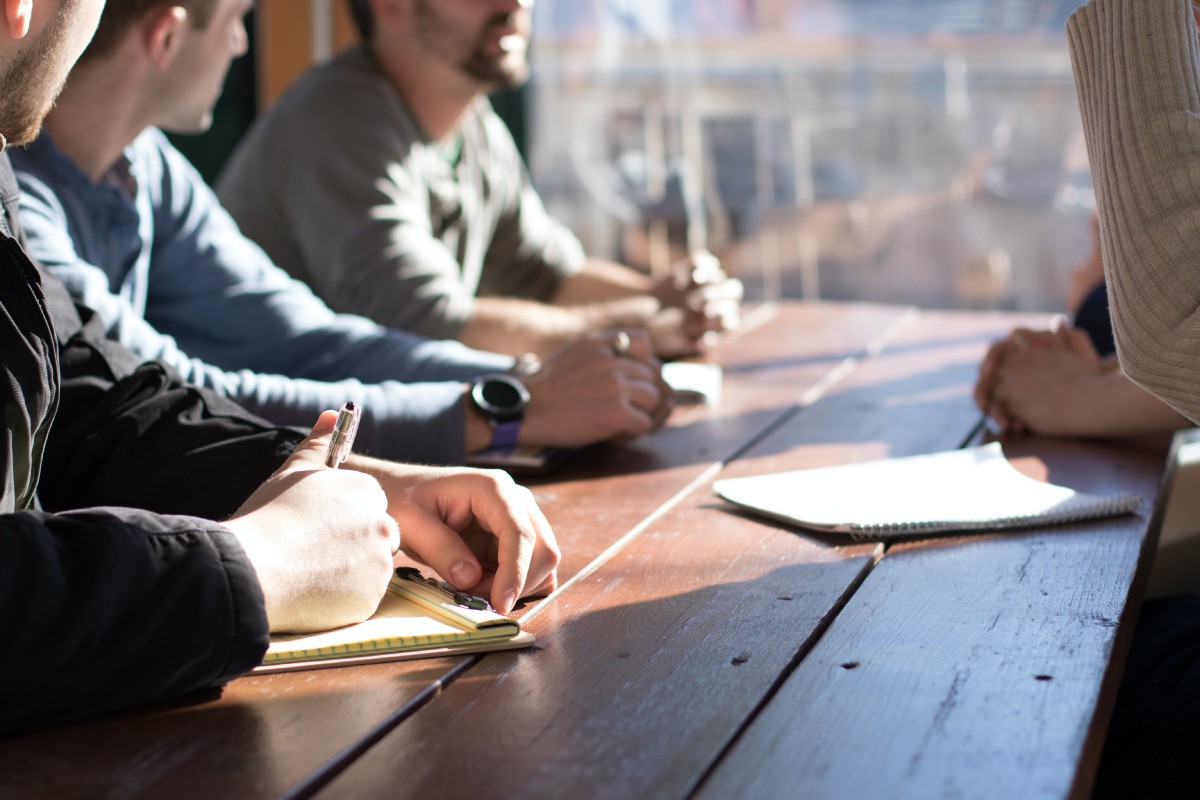
Businesses adopting circular economy practices
Numerous businesses are already reaping the benefits of transitioning to a circular model. For example, Patagonia, an outdoor apparel company, encourages customers to repair, share, and recycle their products. Through their “Worn Wear” program, customers can trade-in used Patagonia items for store credit, promoting a culture of reuse and reducing waste.
IKEA, the world’s largest furniture retailer, is also making significant strides towards a circular economy. They aim to become a fully circular business by 2030, which includes selling only renewable or recycled products and offering services like furniture leasing and buy-back.
Cities and countries embracing the circular economy
Several cities and countries are also leading the charge in embracing the circular economy. The Netherlands, for example, has set a goal to achieve a fully circular economy by 2050, with an interim target of a 50% reduction in the use of primary raw materials by 2030.
Similarly, the city of San Francisco in the United States aims to be zero waste by 2030. To accomplish this, they have implemented comprehensive recycling and composting programs and are continuously exploring ways to design out waste and keep materials in use.
Innovative circular economy products and services
Numerous innovative products and services are also emerging within the circular economy. For example, Mud Jeans operates on a lease model, where customers can rent organic jeans and return them after use. The company then recycles these jeans into new ones, reducing waste and the need for new resources.
Meanwhile, companies like Loop are reinventing the concept of packaging by delivering products in reusable containers. Once the consumer finishes the product, Loop collects, cleans, and refills the containers, effectively creating a circular system for packaging.
These examples are just a glimpse into how the principles of the circular economy are being applied worldwide. By learning from these pioneers, we can further understand how to overcome the challenges of transitioning to a circular economy and reap its numerous benefits. As more businesses, cities, and innovators join the circular movement, we move closer to a sustainable and prosperous future.
Circular Economy and Sustainable Living
As we explore the vast landscape of circular economy, it becomes apparent how it interconnects with sustainable living. By fostering cycles of reuse, regeneration, and waste reduction, the circular economy empowers individuals to live more sustainably.
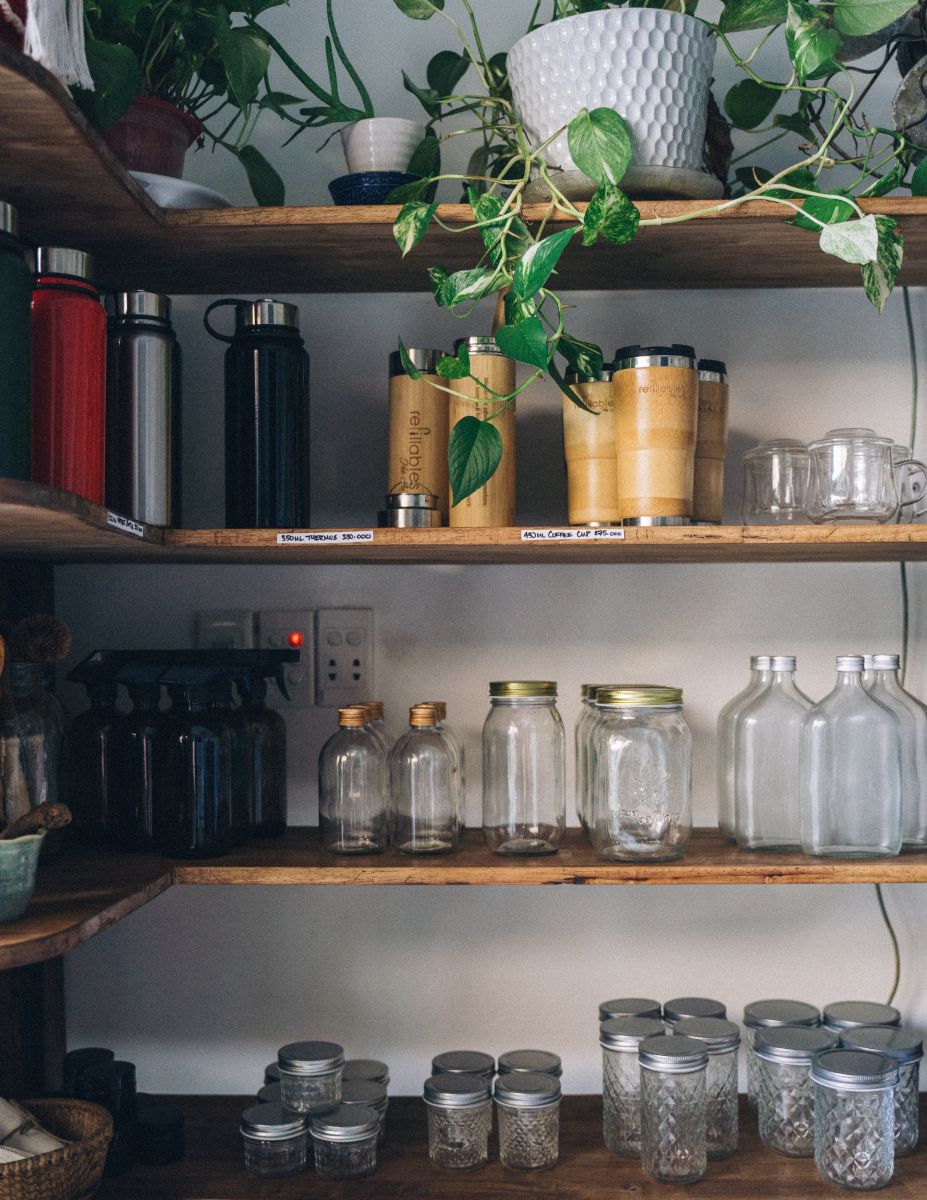
How the circular economy supports sustainable living
A circular economy fundamentally supports sustainable living by maximizing the value of resources and minimizing waste. It propels individuals to be more conscious of their consumption and waste patterns, encouraging sustainable practices such as recycling, repairing, reusing, and reducing consumption.
Impact of consumer choices on circular economy
Every consumer decision can either hinder or advance the circular economy. When we opt for products with excessive packaging, quickly dispose of items, or favor new purchases over repairing old ones, we feed into a linear economy. Conversely, choosing products designed for longevity, made from recycled materials, or offered by companies with circular business models promotes a circular economy. As consumers, we have the power to influence companies and the market towards circularity through our choices.
Tips for individuals to support the circular economy
Here are a few ways individuals can actively contribute to the circular economy:
-
Choose Quality over Quantity: Invest in high-quality products that are designed to last longer. This reduces the demand for new products and the waste generated from replacing them frequently.
-
Buy Recycled or Upcycled Products: Wherever possible, opt for products made from recycled or upcycled materials. These products keep materials in use and prevent the need for new raw materials.
-
Repair, Reuse, Recycle: Instead of throwing things away at the first sign of wear and tear, try to repair them. If repair isn’t possible, consider reusing or repurposing the item. Recycling should be the last resort, as it still requires energy and often results in some waste.
-
Support Businesses with Circular Practices: Patronize businesses that implement circular economy practices, such as offering repair services, accepting product returns for recycling, or designing products for easy disassembly and recycling.
By understanding how the circular economy relates to our daily lives, we can make informed decisions that contribute to a more sustainable and resilient world. As we adapt to these new practices, we not only support the global transition to a circular economy but also cultivate a more sustainable lifestyle for ourselves and future generations.
Role of Technology in Circular Economy
Technology is a crucial enabler in the transition from a linear to a circular economy. It creates the mechanisms to design waste out of systems, keep products and materials in use, and regenerate natural systems. Let’s delve into the pivotal role of technology in the circular economy.
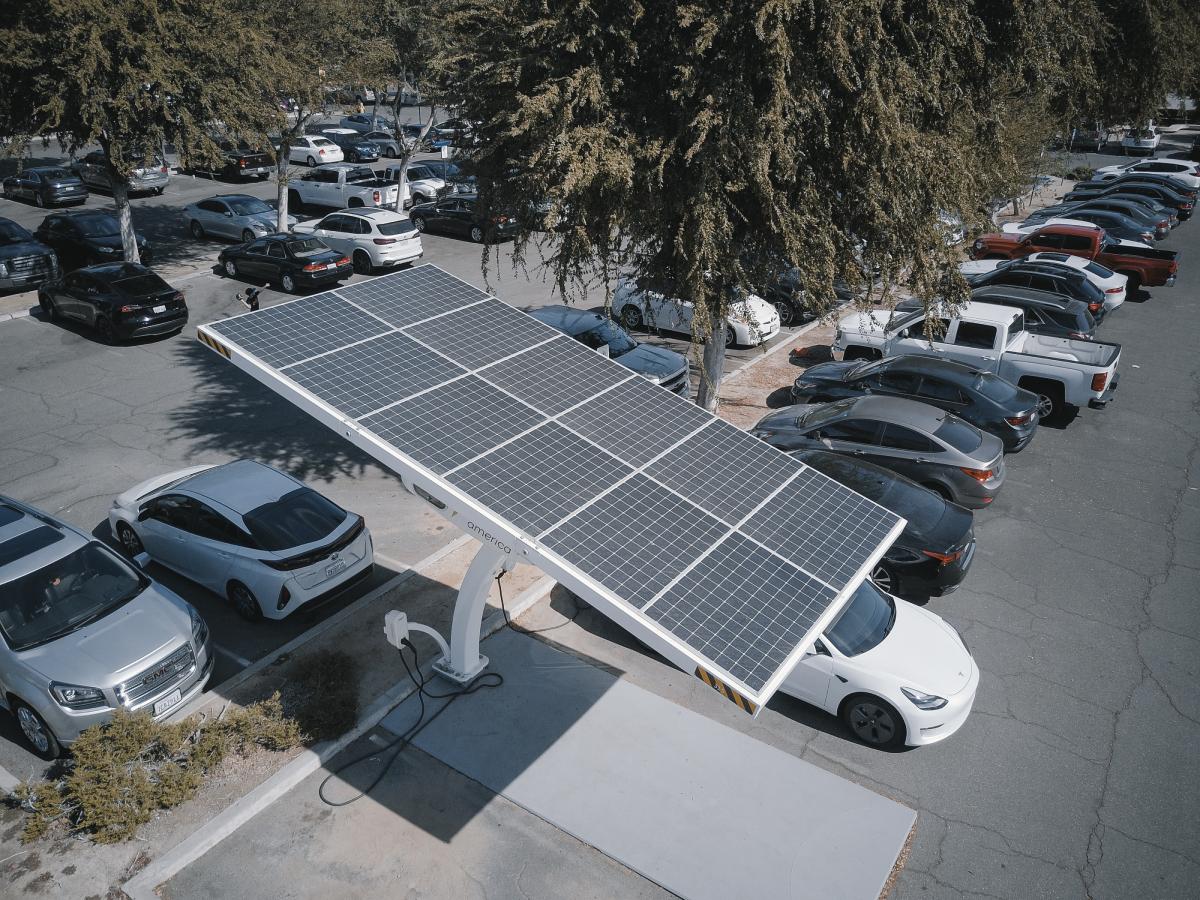
Role of digitization and data
In the age of digitization, data is transforming the way we view and manage resources. Digital tools help in tracking resource flows, understanding consumption patterns, and devising strategies to maximize resource use and minimize waste. For instance, Internet of Things (IoT) sensors can track product use and facilitate predictive maintenance, extending product life and reducing waste. Similarly, blockchain can enhance traceability and transparency in supply chains, ensuring responsible sourcing and waste reduction.
Technological innovation supporting circular practices
Various technologies are pushing the boundaries of what’s possible in the circular economy. Advanced material sciences allow for the creation of bio-based and biodegradable materials, offering sustainable alternatives to traditional plastic. Similarly, advancements in renewable energy technologies enable energy systems that operate on circular principles.
Innovative recycling technologies are turning waste into valuable resources, and additive manufacturing (or 3D printing) allows for localized, on-demand production, reducing overproduction and waste. AI and machine learning algorithms are optimizing resource use, predicting demand, and automating recycling processes.
Case studies of technology facilitating circular economy
The implementation of technology in promoting the circular economy is not just a theory but a reality seen in various case studies:
-
IBM’s Food Trust: This blockchain-powered platform enhances transparency in the food supply chain, ensuring responsible sourcing and minimizing waste.
-
Google’s Circular Google Initiative: Google uses AI and machine learning to optimize resource use in its data centers, reduce energy consumption, and streamline its circular supply chains.
-
Adidas’ Futurecraft.Loop: Adidas has created a 100% recyclable running shoe, which can be returned to Adidas, broken down, and used to create new shoes, showing how design and material innovation can keep products and materials in use.
These examples underscore how technological advancements are not just about creating new, more efficient gadgets but are foundational to a systemic shift toward a circular economy. Technology provides the tools and capabilities needed to transform our production and consumption systems and build a sustainable future. As we embrace these innovations, we become active contributors to a circular world.
Policy and the Circular Economy
Government policy plays a critical role in shaping the transition from a linear to a circular economy. Without supportive policies, companies and individuals may face barriers that hinder their ability to embrace circular practices. Let’s discuss the role of policy in promoting the circular economy.

The role of policy in supporting a circular economy
Policies can create an enabling environment for the circular economy to flourish by providing clear guidelines, incentives, and regulations. They can shape market rules, stimulate innovation, facilitate investment, and promote sustainable practices. Policies can also ensure that the transition to a circular economy is just and inclusive, avoiding any negative impacts on vulnerable groups.
Analysis of existing policy frameworks
Various governments around the world have already started implementing policy frameworks to promote the circular economy. The European Union, for instance, has been a frontrunner with its ambitious Circular Economy Action Plan, part of the broader European Green Deal. It aims to make sustainable products the norm in the EU, focus on sectors that use the most resources, and ensure less waste.
Similarly, China’s “Circular Economy Promotion Law” encourages recycling, resource conservation, and environmental protection. It’s the first law in the world that has “circular economy” in its title, reflecting the country’s commitment to this approach.
In the United States, several states like California have introduced legislation to promote recycling, reduce waste, and encourage sustainable product design. However, a comprehensive federal circular economy strategy is still in development.
The future of policy and the circular economy
Looking forward, policy development for the circular economy must be holistic and systemic, integrating economic, environmental, and social dimensions. Policies should foster collaboration between different stakeholders, including governments, businesses, academia, and civil society.
There’s also a need for international cooperation to create harmonized standards, share best practices, and address global challenges related to resource use and waste management. The United Nations Environment Programme (UNEP) has started this work through its International Resource Panel, which provides scientific advice to help policymakers better manage their resources.
As the importance of the circular economy continues to grow, it’s critical that policy keeps pace. With the right policies in place, we can create a world where economic development is decoupled from environmental degradation, and where prosperity doesn’t come at the expense of our planet. This is the future that policy can help us achieve, and it’s a future worth striving for.
Future of the Circular Economy
The circular economy is not just a trend but an essential pathway to a sustainable future. As we face increasingly pressing environmental challenges, the circular economy’s importance is only set to grow. Let’s delve into the future of the circular economy.

Predicted trends in the circular economy
The circular economy will continue to expand as more businesses, governments, and consumers recognize its benefits. We can expect increased innovation in circular business models, technologies, and products, as well as greater investment in circular solutions.
Moreover, the expansion of digital technologies like IoT and AI will bolster the circular economy. These technologies can enhance resource efficiency, traceability, and recycling, enabling a more systemic approach to resource use.
Impact of circular economy on future jobs and skills
The circular economy isn’t just good for the planet; it’s also beneficial for the workforce. According to the World Economic Forum, the shift to a circular economy could create 4.8 million jobs worldwide by 2030.
These jobs will span a variety of sectors, including renewable energy, recycling, and remanufacturing. At the same time, there will be demand for new skills, particularly in areas such as systems thinking, sustainable design, and circular business model innovation. This shift underscores the need for education and training to equip people with the skills required in a circular economy.
Role of the circular economy in future sustainability
In the future, the circular economy will be crucial to achieving sustainability goals. By designing out waste, keeping materials in use, and regenerating natural systems, the circular economy can help tackle pressing issues like climate change, biodiversity loss, and resource scarcity.
Importantly, the circular economy aligns with the United Nations Sustainable Development Goals, particularly Goal 12: Responsible Consumption and Production. By transforming our economic system, we can create a world that’s not just sustainable, but also resilient, inclusive, and prosperous.
In conclusion, the future of the circular economy is bright. While there are challenges ahead, the opportunities are immense. We all have a role to play in this transformation, and the time to act is now. As we step into the future, let’s embrace the circular economy and make sustainability not just an aspiration, but a reality.
Conclusion
After an insightful journey through the world of circular economies, it’s time to round up our thoughts. The concept of a circular economy isn’t just a lofty theory—it’s a practical, necessary, and inspiring approach to sustainable living.
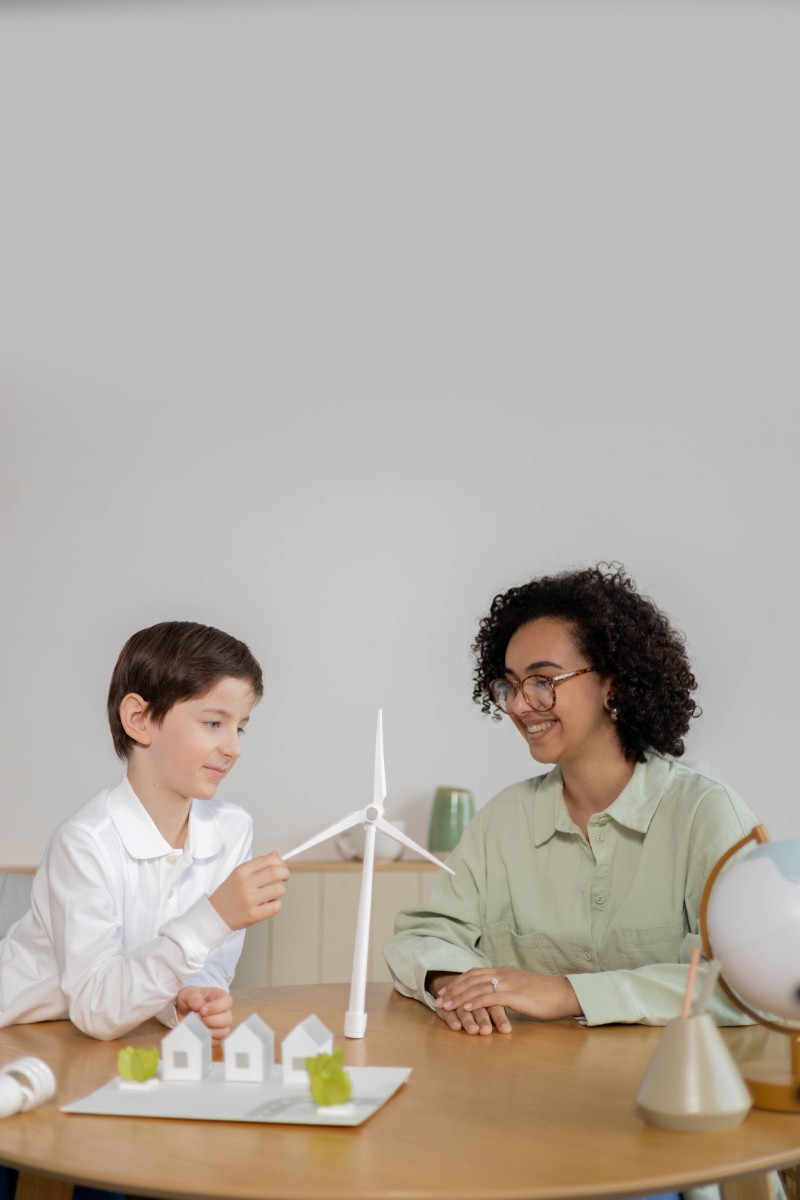
Recap of the importance of the circular economy
The importance of the circular economy cannot be overstated. This holistic approach redefines our conventional understanding of economic progress. Instead of the traditional ‘take-make-waste’ linear model, the circular economy champions a system of ‘reduce-reuse-recycle’, minimizing environmental impact and maximizing resource efficiency. It’s not only an environmental imperative but a social and economic one, promising jobs, innovation, and resilience.
Personal call to action: how readers can contribute to the circular economy
But how can you, as an individual, contribute to this paradigm shift? There are myriad ways to embrace circular principles in daily life. Choose products that are designed to last, can be repaired or upgraded, and are made of recyclable materials. Opt for companies that take back used products for recycling or remanufacturing. Promote sharing, renting, or borrowing instead of owning. Compost food scraps, and aim for zero waste. Small actions can lead to big change.
Final thoughts on the future of the circular economy and sustainable living
Looking to the future, the circular economy holds immense promise. As we confront the reality of limited resources and environmental degradation, the need for circular solutions is more pressing than ever. Innovations are transforming waste into wealth, businesses are reimagining operations, and governments are beginning to legislate for circularity. The momentum is building.
However, the circular economy isn’t a panacea—it’s part of a broader system change towards sustainability. We need to reimagine not only our economies, but also our societies and mindsets. And each of us has a role to play.
Let’s keep the conversation going. Let’s inspire, innovate, and invest in a circular future. Together, we can create a world where economic progress no longer comes at the expense of our planet. A sustainable, circular world isn’t just possible—it’s within our reach. And the journey starts with each of us.

